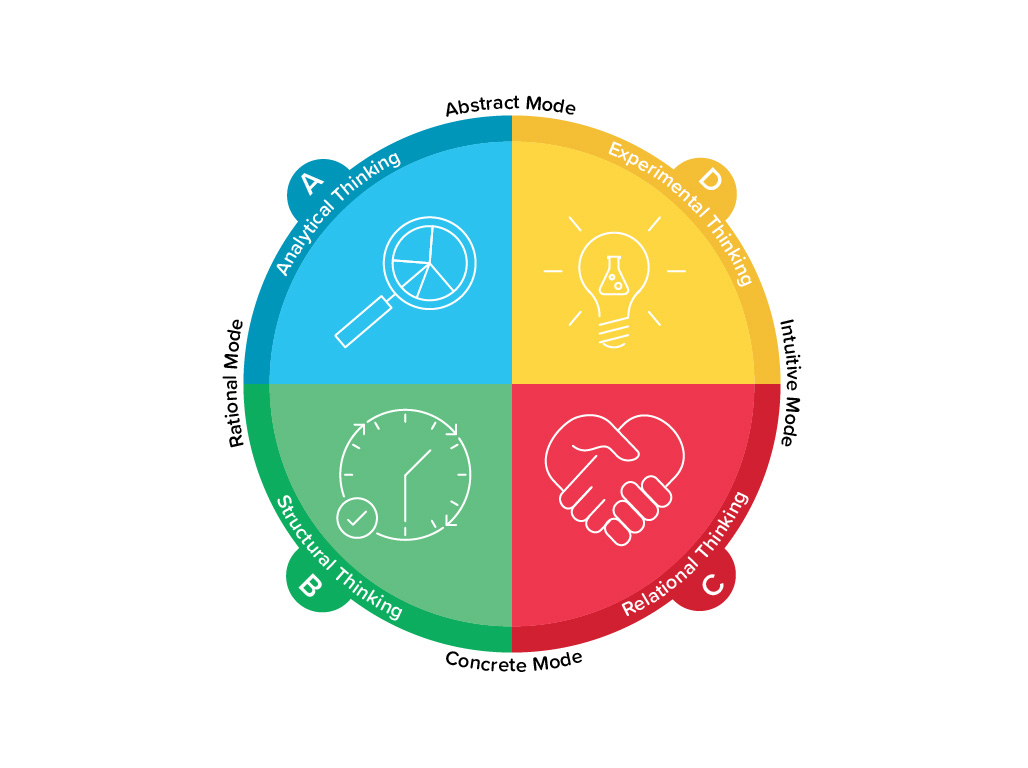Just like in any good relationship, communication is critical. When it comes to workplace and project failures, more often than not, you’ll find it comes down to misunderstandings and ineffective communication.
We’re sure it comes as no surprise that poor communication is the primary contributor to project failure. But if we all know it’s a problem, why then, do so many businesses still struggle with it?
While new technologies and optimised processes are important drivers of effective communication, these strategies only go surface-deep. Even if your business has the most easy-to-use communication software, the most comprehensive meeting agendas, the most transparent organisation, and the flattest structure, if your employees have different communication styles, they’re essentially speaking different languages.
In this article, we help you bridge the divide between the four different types of communicators for more effective communication and more cohesive teamwork.
What are the four different communication styles?
According to the Whole Brain® framework, different people prefer different types of thinking. Each of these thinking styles can be categorised as falling into four distinct thinking styles, represented as four quadrants of the Whole Brain® Model. While everyone can access all four quadrants to varying degrees, some people will favour one, two or three.
The quadrant we fall into, and the thinking style we prefer, impacts how we like to communicate.
The four-colour quadrant graphic and Whole Brain® are registered trademarks of Herrmann Global, LLC. ©2015 Herrmann Global, LLC
Quadrant A: Analytical
Analytical thinkers are logical and fact-based. They prefer working with numbers, statistics and data and need to gather facts before making a decision. Because of this, when you’re communicating with an analytical thinker, show them the facts and figures to demonstrate your point, to get them on board with change, or to unlock their full potential. Get to the point, and get to it fast, because if you start diverting off course, they’ll lose interest quickly.
Quadrant B: Practical
Practical thinkers are highly organised and value detailed plans and procedures. So, when you’re communicating with a practical thinker, make sure you’re as organised as they are. Present any information step by step, and make sure you’re across the finer details to back up any of your points. Before you present anything, share it with them in writing first, so they have extra time to process any new information.
Quadrant C: Relational
Relational thinkers are more emotional than other types of thinkers and their decisions are driven by their feelings. They’re better at picking up on non-verbal cues, recognising interpersonal difficulties and considering the values of everyone in a group. When communicating with a relational thinker, engage them with stories. And communicate with them in an open forum that gives everyone an opportunity to ask questions or voice concerns.
Quadrant D: Experimental
Experimental thinkers are more imaginative than other types of thinkers and enjoy exploring concepts, strategies, and big-picture approaches to problem-solving. Experimental communicators can tolerate ambiguity but can get bored with the finer details. Because of this, when communicating with an experimental thinker, it’s okay to get a little creative. Make sure anything you present links back to the ‘why’.
How to communicate with different types of communicators
If it’s true that everyone has their own unique communication style, and that communicating with someone who prefers a different style than your own can be near-on impossible, how then, are leaders, managers and colleagues expected to communicate effectively with one another? If a manager is a relational thinker and their employees is an analytical thinker, how exactly do they bridge this divide?
The answer could be Whole Brain® Thinking. The framework recognises that everyone can access each of the four thinking styles. So a manager may favour relational thinking, but it doesn’t mean that that’s the only style of thinking they can employ. In fact, most people leverage multiple styles.
What this means is that you can train your brain to access different styles when the situation calls for it. You can learn how to be more analytical in your communication approach when you’re communicating with an analytical thinker, or more practical when you’re communicating with a practical thinker.
In practice, the Whole Brain® Thinking framework teaches you how to recognise the thinking patterns and styles of the people you work with, so you can adjust your communication style as needed. The result is meetings that run more smoothly, changes that are adopted faster, less conflict, better problem-solving, higher engagement, happier employees… the list of benefits goes on and on.
How to incorporate Whole Brain® Thinking into your workplace for better communication within your team
At the heart of the Whole Brain® Thinking framework is the Herrmann Brain Dominance Instrument® (HBDI®), a powerful tool for assessing and defining how you think. The assessment provides you with a comprehensive HBDI® profile report the interprets to what degree you think in one of the four quadrants of the Whole Brain® Model.
Once everyone on your team has identified and recognised what kind of thinker they are, they’re able to use this information to recognise others’ thinking preferences and adapt their communication styles as required. It’s a tool that all employees can use for better communication. To find out more about the similarities and differences within your team, and how to bridge the communication gap between workers, request a consultation for an HBDI® Team Profile.
If you want to learn more about how Whole Brain® Thinking and the HBDI® can help you and your organisation, have a look at how it works here or get in touch and we’ll help you find the right solution.



